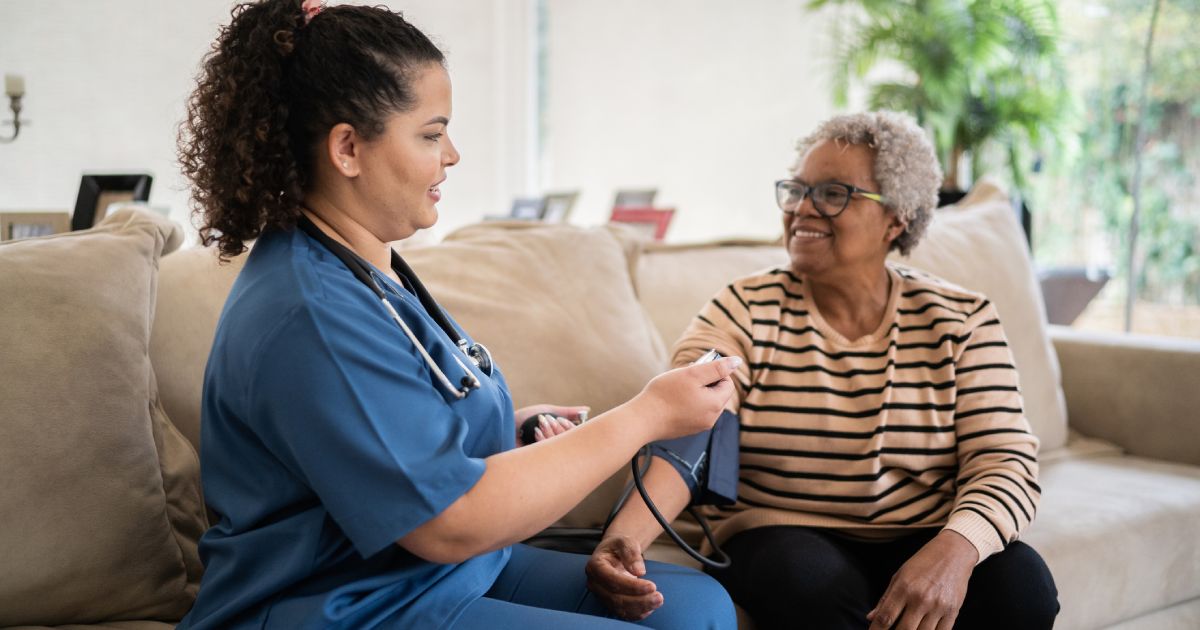U.S. Department of Health and Human Services, Center for Medicare & Medicaid Innovation
The 18 practices chosen to participate in the Independence at Home (IAH) Demonstration are expected to design and implement coordinated care plans tailored to individual beneficiaries’ chronic conditions and responsive to their preferences, make in-home primary care visits to these patients, and be available 24 hours per day to meet their health needs. The goal of the demonstration is to improve the provision of comprehensive, coordinated, continuous, and accessible care to chronically ill, functionally limited beneficiaries. This evaluation is determining whether—and, if so, how—sites achieve success. The demonstration began with 18 participants in 2012 and was intended to last for three years. Congress has extended the demonstration three times—most recently adding Years 8 to 10 (2021 to 2023). As of Year 8, seven participants remain in the demonstration.
Evidence & Insights From This Project

Independence at Home Evaluation Findings Do Not Support Creating a Permanent Medicare Program
Deligiannidis et al.'s commentary about the Centers for Medicare & Medicaid Services' (CMS) Independence at Home (IAH) demonstration uses findings from the evaluation to claim that IAH has convincingly reduced spending for their patients, and therefore a new permanent Medicare program ought to be made available to home-based primary care (HBPC) practices.
Learn MoreRelated Staff
Efficiency Meets Impact.
That's Progress Together.
To solve their most pressing challenges, organizations turn to Mathematica for deeply integrated expertise. We bring together subject matter and policy experts, data scientists, methodologists, and technologists who work across topics and sectors to help our partners design, improve, and scale evidence-based solutions.
Work With Us



